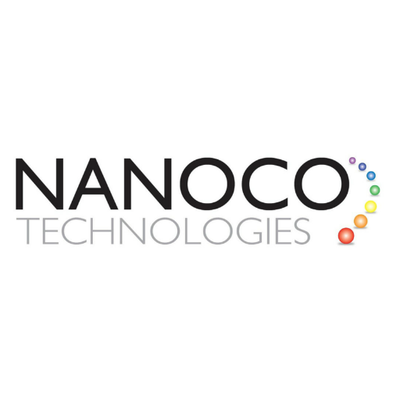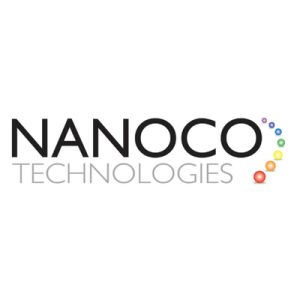Quantum dots are transforming the landscape of display technology, making their way into high-quality prototypes from established companies like Sharp and TCL. These semiconductor nanocrystals, measuring just 2 to 10 nanometres, are poised to enhance TVs, monitors, and smart tablets, offering unparalleled levels of realism and high-definition quality.
The unique properties of quantum dots, such as their small size and exceptional light behaviour, make them an ideal choice for next-generation display screens. With extremely pure RGB colours, they deliver a rich colour gamut, making images look more vibrant and lifelike. This is particularly valuable in the context of various display applications. Recent insights from IDTechEx’s report on “Quantum Dot Materials and Technologies 2024-2034” illustrate the growing role of this technology across multiple fields.
Electroluminescent quantum dots (EL-QDs) represent a promising development in display technology. They utilise the inherent electroluminescence of quantum dots to generate light, eliminating the need for traditional LEDs or quantum dot colour converters (QDCCs), which rely on blue LEDs to excite the quantum dots. Instead, EL-QDs produce light directly when an electric current is applied. In these displays, quantum dots are placed between two electrodes, creating a light-emitting layer. When voltage is applied, electrons and holes are injected into this layer, where they recombine and emit light. The colour of the light is precisely determined by the quantum dots’ size and composition, allowing for fine-tuned colour control. Thanks to their narrow emission spectra and tunable wavelengths, EL-QD displays can achieve a wider colour gamut than traditional displays. The fast response time of EL-QDs further enhances their appeal, setting them apart from LCDs and OLEDs, while their potential for higher electroluminescence efficiency offers another advantage over organic light-emitting diodes (OLEDs).
Photoluminescence in quantum dots adds a layer of light to boost brightness and colour vibrancy, transforming shorter blue wavelengths into longer red and green ones. Samsung has already commercialised QD-OLED technology, which is based on photoluminescent quantum dots. They have also succeeded in creating a high-quality QD-LED prototype. Similar to QD-OLED, EL-QD technology employs electroluminescent quantum dots to produce red, green, and blue light directly, eliminating the need for an external backlight or additional colour filters.
The importance of quantum dots was further recognised in 2023 when the Nobel Prize for Chemistry was awarded for advancements in this technology. This achievement underscores not only their role in entertainment but also their broader impact, including applications in medicine.
Quantum dots were discovered in 1980, and they are composed of a core, a shell, and an outer ligand layer that stabilises the particles and enhances their semiconductor properties. The core is enveloped by a shell that possesses a wider bandgap, enhancing the efficiency and quantum yield of the quantum dots. By coating the core with this shell, the particle’s stability and functional capacity are significantly improved, making quantum dots suitable for a broad range of applications.
The global market for quantum dot materials is expected to reach $550 million by 2034, according to IDTechEx. This growth reflects the increasing market share and expanding opportunities for quantum dots across technology sectors. As they continue to improve the quality of displays and smart devices, quantum dots are poised to play an even more significant role in the technological landscape of the future.
Quantum dots are set to redefine display technology with their unique light properties, making displays more vibrant and efficient. From their pioneering use in TVs and monitors to their wider implications in sectors like medicine, the potential for quantum dots seems boundless as they make their mark in both technological advancements and market value growth.
Nanoco Group PLC (LON:NANO) leads the world in the research, development and large-scale manufacture of heavy metal-free nanomaterials for use in displays, lighting, vertical farming, solar energy and bio-imaging.


